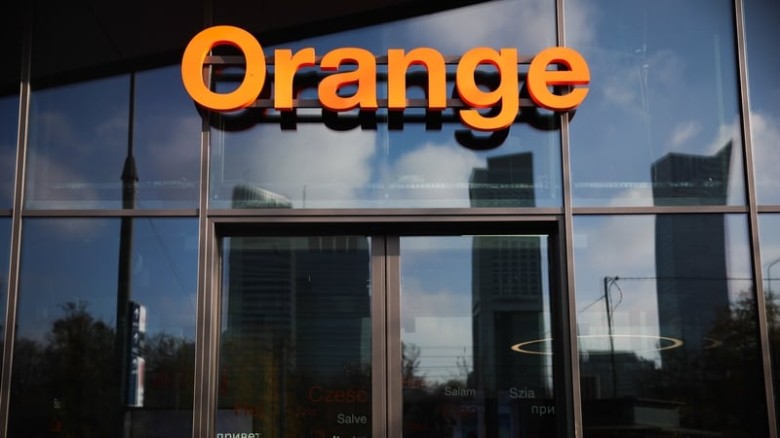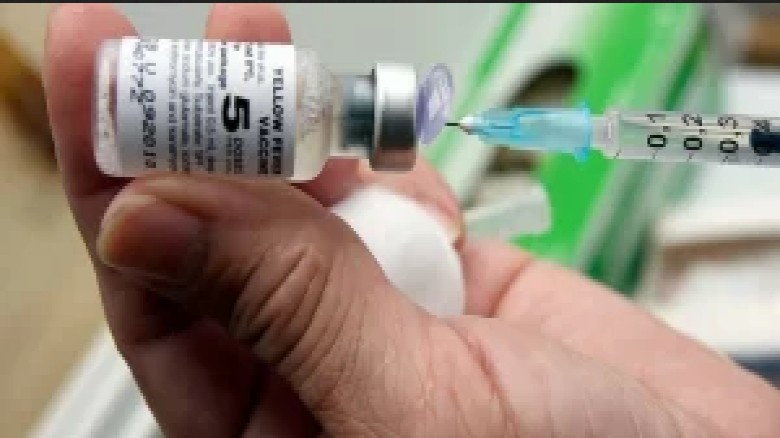According to the World Health Organization, 160 million Nigerians are at risk of yellow fever.
According to the WHO, Nigeria’s population of approximately 200 million accounts for approximately 25% of all people at risk in Africa.
Yellow fever is a viral hemorrhagic disease spread by infected mosquitos.
The “yellow” in the name refers to jaundice that some patients experience.
Yellow fever symptoms include fever, headache, jaundice, muscle pain, nausea, vomiting, and exhaustion.
Dr. Anne Eudes Jean Baptiste, WHO Nigeria’s Medical Officer, stated, “Yellow fever is dangerous because a small percentage of patients will go through a more toxic phase of the disease.” They will have fever and system failure, primarily in the kidney and liver by that time. They may experience bleeding from the mouth, nose, and eyes, and half of them will die within 7 to 10 days.”
The WHO also stated that Nigeria is at risk of both urban and sylvatic (jungle) disease exposure.
The transmission of yellow fever from mosquitos that have bitten animals and nonhuman primates is known as sylvatic exposure.
Mining and agriculture workers are particularly vulnerable to this type of transmission.
Yellow fever resurfaced in Nigeria in 2017 after a 15-year hiatus. This is due to gaps in disease detection rather than a lack of virus transmission and the cyclical nature of sylvatic transmission. As surveillance and laboratory testing have been improved, more information about the disease’s distribution in humans has become available.
During the COVID-19 pandemic, Nigeria, according to the World Health Organization, vaccinated over 45 million people against yellow fever.
According to NIGERIANWATCH, Nigeria has recorded 1,005 suspected yellow fever cases so far in 2022.
The cases were reported in 390 Local Government Areas across 36 states, including the FCT.
The disease is being monitored more closely, according to Dr. Ifedayo Adetifa, Director General of the Nigeria Centre for Disease Control.
“We have reference laboratories throughout the country that have been strengthened, supported, and assessed to ensure that they are meeting all performance parameters in terms of sample collection and referral to our reference labs in Abuja.”
“Despite the ongoing COVID-19 pandemic, we have distributed over 66 million doses to protect people from yellow fever outbreaks in 2020 and 2021.” This success has been made possible by routine immunization as well as mass vaccination campaigns that identify population gaps and proactively target vulnerable communities,” he said.
























Leave A Comment